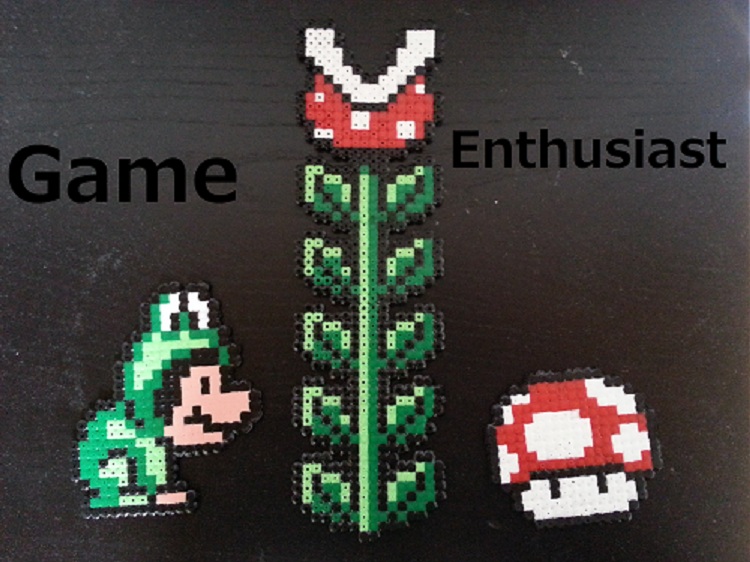We’re facing a wave of female bloggers and
woman rights activists whom complain about the depiction of female characters
in games and how poorly video games is marketed and customized for women in
general. Why can’t mainstream games be unisex and is women really the forgotten
segment within the videogame industry?
Recent studies have shown that about 55% ofgamers is men and that 45% of gamers is women. The share of women playing
videogames is surprisingly high according to mine and I guess some people’s
expectations. So what kind of games do women play? Do men and women play the
same game genres? This survey poll gives us some idea of how the gaming pattern
of men and women is.
Not only do women play less violent games,
but they also tend to be more into more non-violent games such as social- and
puzzle games than their male counterparts. Even so, 40%< of the woman asked
in the survey preferred to play violent games, which is about half of the male
players. Would making games unisex by creating strong (and healthy) female role
models necessarily lead to less sales in their major segment, the male gamers?
Well, there’s obviously an unhealthy women ideal in today’s society and in some
games women are made weak and vulnerable or have almost inhuman body proportions,
and in worst cases both. This is a trend that needs to be changed for the better,
but it might be hard for developers, a mostly man dominated profession, to take
the risk and dive into the field of making a unisex game.
Tomb Raider was formerly a game made for
male gamers where the main protagonist was a female badass archaeologist with
large breasts and a big wellshaped butt, which had great sales during the 90’s, but in 2013
they rebooted the series by going back to when she was 19years old and
innocent. She starts off as a normal female student in archaeology searching
for the Japanese sun goddess, Amaterasu, and in the end she gradually turns
into a real badass. This time around she was more like a real woman than
the sex symbol she was during the 90’s and early 00’s. The game was the overall
fastest selling Tomb Raider game in the series, and sold about 4 million copies
worldwide. Tomb Raider is a prime example that having a strong, not overly
sexualized, main protagonist will not necessarily affect sales negatively.
Tomb Raider 1996
Tomb Raider 2013
"A game like e.g. Gears of War, where steroid induced overly manly men fight off aliens with humongous guns with different brutal techniques like sawing the enemy in half with a chainsaw attached to a machine gun has a somewhat greater appeal to boys and men."
By making the game unisex-ish it may have
had a better appeal for women, and will be a better influence for the younger
female gamers. Mass Effect is also an example of how developers could make a
unisex game, at the start of the game you can actually choose between a male or
a female character and they can have romantic interests throughout the game across
genders. One should not underestimate the female gamer! They also buy games.
However, certain video games within the fps, tps, rts and rpg genre is mostly played
by men, in those cases it would be better to advertise directly to the major
consumers. A game like e.g. Gears of War, where steroid induced overly manly
men fight off aliens with humongous guns with different brutal techniques like
sawing the enemy in half with a chainsaw attached to a machine gun has a
somewhat greater appeal to boys and men.
Gear of War: Two guys chainsawing an alien
In those cases I would say let boys be
boys, and girls be girls. The women rights activists tend to forget that equality
does not mean that we need to erase gender differences, but rather have equal
rights. Women are definitely the forgotten segment in the video game industry,
even though they play less violent games than the male gamers, they should not
be excluded from game developers and marketing teams as long as they promote healthy women
ideals.















